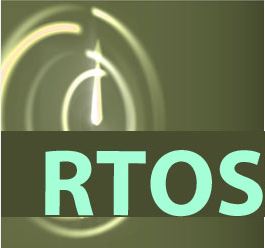Real-Time Operating System Concepts
February 8th, 2018 by
All real-time applications rely on real-time operating systems to process data as it is fed into their systems without any delays. A real-time operating system is also used in embedded devices when their applications need to process numerous complex tasks. An RTOS is valued based on its speed and response predictability as opposed to the number of tasks it can process within a specified period. Since its key operational factors are minimal thread switching latency and minimal interrupt latency, it supports the structuring of applications to ensure that they scale as new system and application features are added.
Put another way, a real-time operating system is a special operating system that facilitates the use of real-time systems. A real-time system must respond in a timely and predictable manner to random external stimuli. This is because its computing correctness relies on the accuracy of computation results and their delivery time. Real-time systems are classified as either hard or soft. A hard RTS is deemed to have failed when the computing deadline is not met, while a soft RTS fails when there is a limited extent of failure in meeting task deadlines resulting in degraded system performance. This explains why the performance and correctness of a real-time operating system are not determined by parameters such as the number of executed tasks per second as is the case for transactional systems like databases.
A reliable RTOS enables bounded behavior under different system load scenarios. However, being an enabling technology, it does not guarantee system correctness. It offers the capabilities that an application programmer uses to build the correct application. Note that speed is not always an RTOS requirement. Instead, its goals include determinism, scalability, small latency, structured software and offload development. An RTOS is tasked to manage different system aspects while allowing developers to focus on developing the right applications.
Any operating system is a combination of programs that offer a connecting interface between the computer hardware system and application programs. Its main function is offering system resources abstraction like input-output, processor, and memory that enhance correctness, efficiency, and convenience for application programmers. In return, application programs trigger OS functions to access the required services. Application programs can access computer resources in the form of abstract entities. For instance, a memory block can be used as a sequential file with abstracts like reading, write operations, open or close without needing to know low-level hardware details such as memory block addresses.
